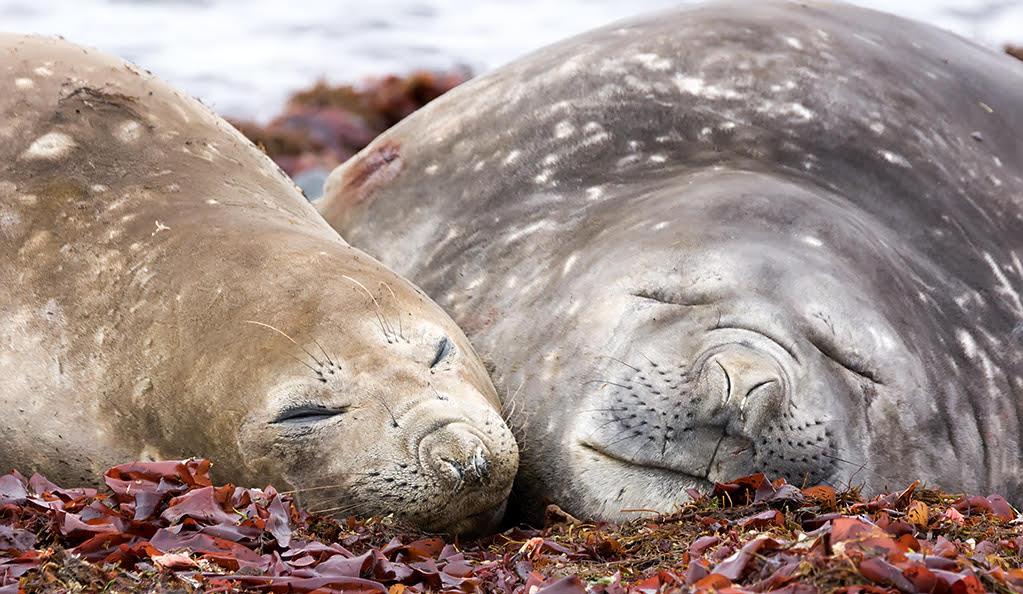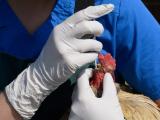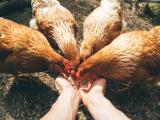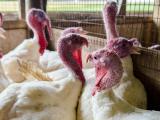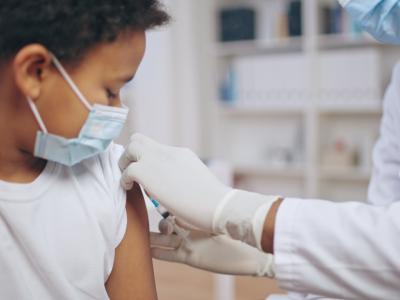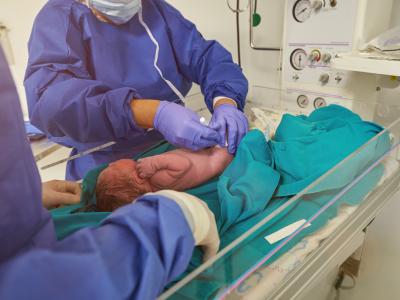Since highly pathogenic avian influenza virus (HPAIV) spread to the island of South Georgia in the sub-Antarctic in 2023, its breeding population of female southern elephant seals—the world's largest—has plummeted by nearly half, scientists reported yesterday in Communications Biology.
The researchers, from the British Antarctic Survey in England, said the loss may threaten the population's future by reducing the number of surviving pups. It also underscores the need for continued, intensive monitoring to track HPAIV's long-term effects on this species.
During the 2022 and 2024 breeding seasons, the team monitored elephant seal populations at breeding colonies on South Georgia, in the South Atlantic Ocean, using aerial imagery from three beaches, which made up 15.6% of the island's colony at the last population count in 1995.
53,000 females absent in 2024
When comparing the 2024 population to long-term average counts conducted from 1958 to 2022, the researchers saw a 33.7% decline in the projected number of females, with a 47% decrease in the number of breeding females on the three beaches from 2022 to 2024.
Scaled up to the entire island's population, the team estimated that about 53,000 females were absent in 2024. For comparison, historical interannual variations usually remain within 10% locally and in similar Southern Ocean populations.
South Georgia, which includes the South Sandwich and Falkland islands, is one of four principal breeding locations for the Mirounga leonina seal species in the Southern Ocean, harboring about 54% of the global breeding population as of 1995. Southern elephant seals are the largest type of seal.
Long-term impact unknown
The authors noted that HPAIV has caused mass mortalities in marine mammals and seabirds in South America, including a 67% drop in the female elephant seal population of Argentina's Valdes Peninsula.
The population decline could be related to the conditions of the HPAIV-affected 2023 breeding season, which led to numerous pup deaths and/or abandonments in addition to deaths among adult males and females, the researchers said.
Although we cannot be certain that all female absences are due to mortality, it is probable that a significant portion of these absent seals have perished.
After losing their pup or abandoning them due to their own HPAIV infections, females may have left the breeding colony beaches before the fertile part of their reproductive cycles, resulting in less breeding. This may have resulted in fewer pregnancies and, ultimately, fewer females returning to give birth the next season.
Alternatively, the emergence of HPAIV in the population may have spurred females to return to outlier colonies in 2024, dispersing the population more widely and lowering counts at their usual beaches.
"Finally, an unusual sea-ice anomaly in the South Atlantic during the 2023/2024 austral winter… may have influenced elephant seal distribution and foraging, affecting their post-breeding/HPAIV recovery," the authors wrote. "However, given their wide-ranging movements and known sea ice-association, the localised anomalous conditions in the South Atlantic are unlikely to have significantly impacted recovery or altered phenology [the natural timing of events]."
The long-term impact of the decline in the elephant seal population is unknown. "Research on adjacent populations has shown that female survival is a critical determinant of population growth," the investigators wrote. "Although we cannot be certain that all female absences are due to mortality, it is probable that a significant portion of these absent seals have perished."
Follow-up monitoring this year and next is imperative, the researchers said: "Over recent years, the increased availability of high-resolution satellite imagery has provided an opportunity to examine recent trajectories. Integrating remotely sensed counts with ground data would allow an assessment of the consequences of HPAIV, enabling researchers to distinguish short-term fluctuations from enduring population-level impacts."
